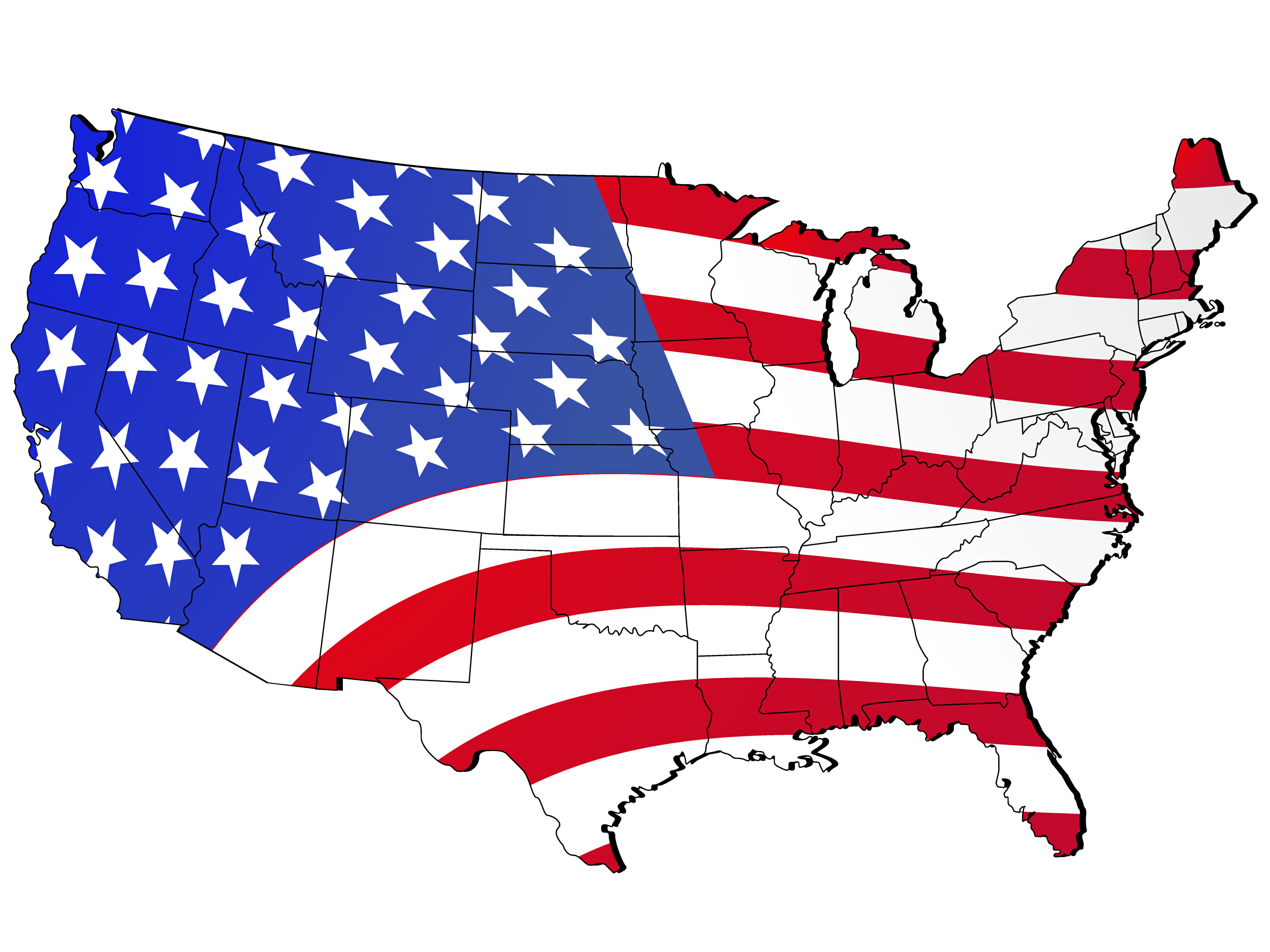BlackRock Could Be a Pioneer in Regulated Stablecoins in the United States
If this milestone is achieved, USDT dominance would have a contender for the first time.
The largest investment asset manager in the world, BlackRock, could become a pioneer in the regulated stablecoin sector in the US. Thus, the financial firm would be placed in a highly preferred position among institutional investors.
So far, the stablecoin market is made up of 97 assets encompassing a total of $157 billion in capitalization. Of that amount, the currency minted by Tether (USDT) occupies no less than $107.2 billion. This fact makes it the absolute queen of the sector and the great challenge for any issuer of similar assets.
However, this dominance of USDT in cryptocurrency trading is not protected by a role of total legalization, especially for institutional investors. In that sense, large capitals do not have the possibility of trading cryptocurrencies against a suitable stable currency. This gap could be filled by BlackRock’s hypothetical currency, which could be legalized in the North American market.
At the moment, Wall Street investors are progressively getting involved in the stablecoin sector. If regulators and large firms take action, large investors would have a private alternative to both the fiat dollar and a possible CBDC.
Is a Regulated Stablecoin Scenario Possible?
The fact that BlackRock is becoming a pioneer of regulated stablecoins is also met with some skepticism. As is widely known, the dollar lacks backing intrinsic value and its strength is based on user trust. Hence, the US imposed this currency as a universal means of payment for decades.
Thus, thinking that it will give up that position to a private currency is not the most feasible. Despite this, the actor moving in this direction is not just anyone, but BlackRock, the largest investment asset manager on the entire planet. Investor Ryan Sean Adams is emphatic on this issue. In his account on the social network X he expressed the following:
“Stablecoins will happen in the U.S. because BlackRock and the banks want them to happen. This could not be more obvious. The new BlackRock BUIDL fund on Ethereum is a high bandwidth pipeline between U.S. Treasuries and USDC. Pipelines will bring trillions onchain.
The USDC issuer Circle is (likely) will IPO soon. BlackRock has ownership in Circle. The banks will backdoor themselves into stablecoins – by acquiring/partnering/controlling crypto native companies – and they’ll lobby for stablecoin legislation and make it happen along the way.
The US does not have the political will to build a central bank digital currency. They’re create one de facto through private bank issued stablecoins on public crypto networks like Ethereum.
As long as we preserve open, non-permission, decentralized protocols like Ethereum at the bottom of the stack – then crypto wins. The liquidity and legitimacy from this will make crypto unstoppable.”
Although BlackRock has a USD-based token to manage its assets, it cannot be considered a stable currency in the strict sense of the word.
In any case, the conditions seem set for regulated stablecoins to enter the institutional scene through legal means. It remains to be seen whether the political authorities of the American nation are determined enough to maintain the omnipotence of the USD.
Overall, it appears that Blackrock’s new infrastructure, which combines the tokenized BlackRock USD Institutional Digital Liquidity Pool (BUIDL) and Circle’s USDC stablecoin, could play a key role in the future regulation of stablecoins in the United States and internationally.
By Audy Castaneda
